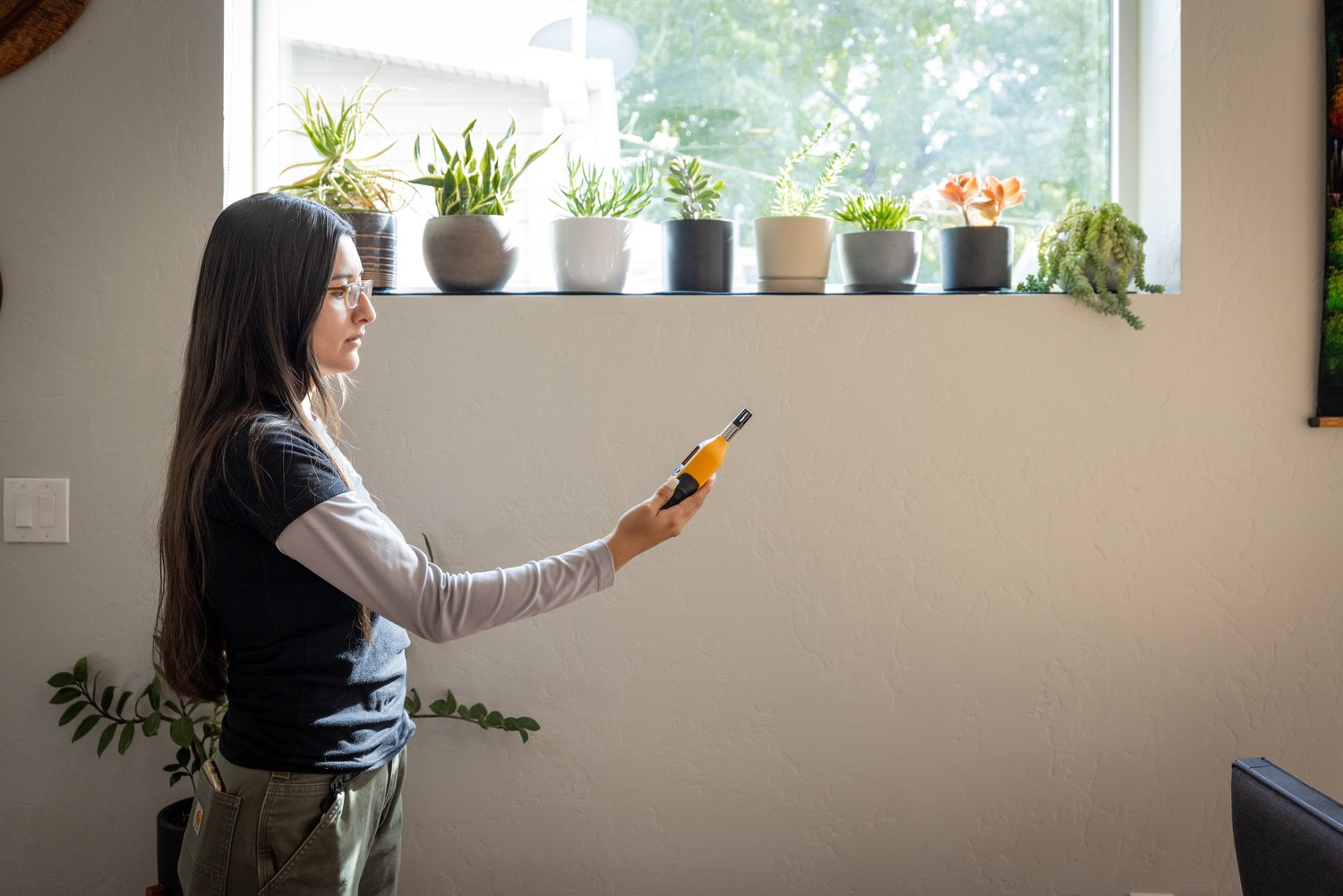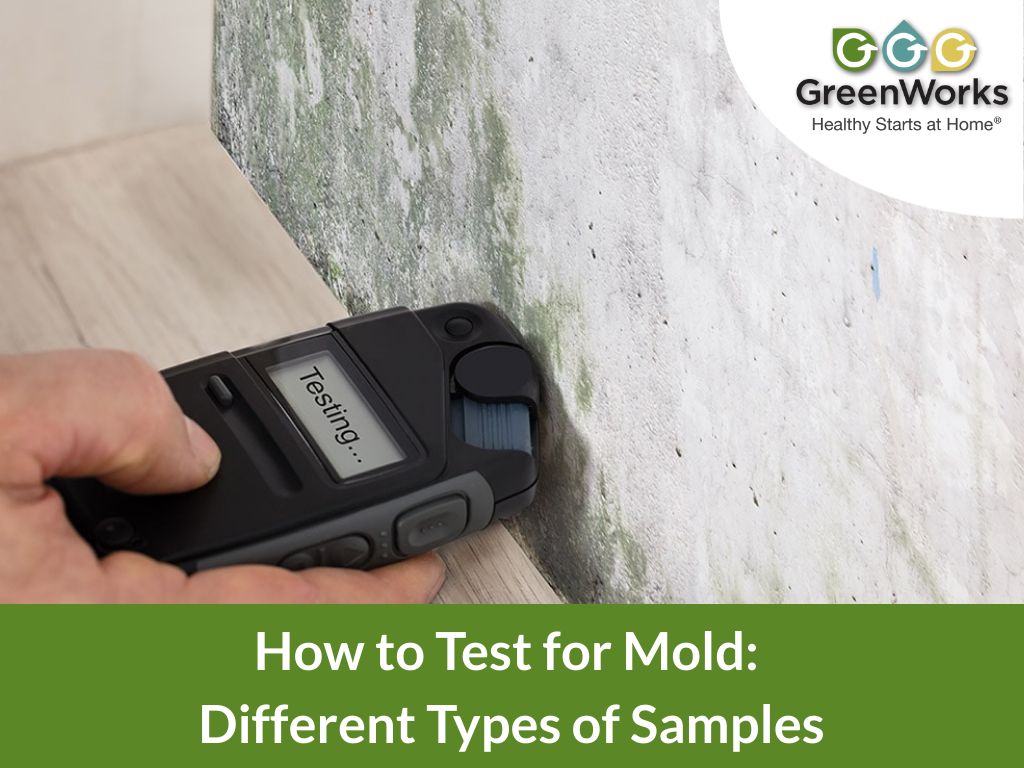Mycotoxin testing Services: A Secret Part in Risk Administration Approaches
Mycotoxin testing Services: A Secret Part in Risk Administration Approaches
Blog Article
Exactly How Mycotoxin Screening Aids Protect Against Contamination and Safeguard Food Materials

Mycotoxin testing is an indispensable method in the food market, offering as a frontline defense against contamination by dangerous toxins produced by mold and mildews. Through the application of sophisticated strategies like High-Performance Fluid Chromatography (HPLC) and Fluid Chromatography-Mass Spectrometry (LC-MS), food manufacturers can properly identify and measure mycotoxin levels in agricultural products.
Comprehending Mycotoxins
Comprehending mycotoxins starts with identifying that they are poisonous second metabolites generated by specific mold and mildews, which can pollute agricultural products. These metabolites are not important for the development or recreation of the fungi however can have severe implications for animal and human wellness. Mycotoxins are generally located in staple crops such as corn, wheat, barley, and nuts, where they can proliferate under certain conditions of moisture and temperature.
There are several kinds of mycotoxins, each created by different fungal varieties. Fusarium types produce trichothecenes and fumonisins, both of which are connected with various intense and chronic wellness problems.

Risks of Mycotoxin Contamination
The risks of mycotoxin contamination are diverse, posturing substantial threats to both food safety and public health and wellness. Mycotoxins, harmful compounds created by particular kinds of fungi, can pollute a large range of agricultural items consisting of grains, nuts, spices, dried fruits, and coffee. Once these contaminants infiltrate the food supply, they can result in severe wellness issues such as liver damages, kidney failure, and also cancer. Vulnerable populaces, consisting of youngsters, the senior, and immunocompromised people, are specifically in jeopardy.
Economic effects are an additional major problem. Infected plants can cause substantial financial losses for farmers and food producers because of lowered yields and the demand for costly purification steps. Furthermore, worldwide profession can be considerably prevented as nations impose strict mycotoxin policies to shield their populations, causing denied deliveries and stretched trade connections.
Environmental elements such as environment modification worsen the threat of mycotoxin contamination. Variations in temperature level and moisture can develop beneficial conditions for fungal growth, raising the possibility of contamination events. Hence, understanding and mitigating these dangers are important for making sure the safety and security and stability of international food products.
Approaches of Mycotoxin Examining
Accurately determining mycotoxin contamination in farming products is necessary for guarding public health and wellness and maintaining food security standards. Various approaches are used to spot and quantify mycotoxins, each offering details benefits and restrictions.
High-Performance Fluid Chromatography (HPLC) is an extensively utilized technique as a result of its high level of sensitivity and accuracy. It involves dividing mycotoxins from other substances in a sample, allowing exact quantification. Fluid Chromatography-Mass Spectrometry (LC-MS) combines liquid chromatography with mass spectrometry to offer thorough molecular info, making it particularly useful for determining multiple mycotoxins concurrently.

Gas Chromatography-Mass Spectrometry (GC-MS) and Thin-Layer Chromatography (TENDER LOVING CARE) are additionally employed, each with distinct applications. GC-MS works for unpredictable mycotoxins, while tender loving care provides a less complex, cost-effective choice for initial testing.
Benefits of Normal Testing
Regular screening for mycotoxins in farming products offers numerous advantages, dramatically adding to public health and wellness and food safety. By identifying contamination early, normal testing helps protect against the circulation of hazardous foods, thus reducing the threat of mycotoxin-related illnesses amongst consumers. This aggressive technique not only safeguards human health yet additionally boosts the total quality of food products.
Various nations and areas have developed rigid limits for mycotoxin levels my review here in food and feed. Adhering to these restrictions via regular screening makes sure that manufacturers and providers satisfy lawful requirements, consequently avoiding charges and profession obstacles.
Additionally, regular mycotoxin screening can result in significant financial advantages. Early discovery of contamination enables prompt treatment, decreasing potential losses from prevalent contamination. Implementing routine testing procedures can likewise lessen recall costs and related obligations, which can be financially devastating.
Furthermore, routine screening gives beneficial information that can inform much better agricultural practices and storage space conditions. By comprehending patterns of contamination, manufacturers can adopt safety nets, thus contributing and lowering future risks to the sustainability of the food supply chain.
Carrying Out Checking Protocols
Applying effective mycotoxin testing protocols is important for ensuring the safety and top quality of agricultural products. Establishing a durable screening framework entails several essential actions, beginning with the recognition of prospective contamination factors within the production and supply chain. This consists of pre-harvest, post-harvest, storage review space, and circulation phases. Each stage must be inspected to pinpoint where mycotoxin contamination is probably to occur.
As soon as critical control points are identified, choosing suitable screening techniques is crucial. Typical techniques consist of enzyme-linked immunosorbent assay (ELISA), high-performance fluid chromatography (HPLC), and mass spectrometry (MS) Each technique has its staminas and weaknesses; therefore, selecting the appropriate one depends upon the particular mycotoxin being evaluated, the called for level of sensitivity, and readily available resources.

Lastly, incorporating the screening methods into an extensive food security administration system is a good idea. This boosts traceability and enables quick corrective actions when contamination is discovered, thereby safeguarding the stability of the food supply chain.
Final Thought
Mycotoxin testing is important in avoiding contamination and safeguarding food products by allowing early discovery of damaging contaminants generated by mold and mildews in agricultural products. Advanced techniques such as HPLC and LC-MS guarantee compliance with security guidelines and safeguard customers from health and wellness risks. Normal screening improves brand track record, financial security, and rely on food safety by minimizing contamination-related losses and preserving high standards in food manufacturing. Executing rigorous screening procedures is hence imperative for the industry's general health.
Mycotoxin testing is a crucial technique in the food industry, offering as a frontline protection against contamination by damaging contaminants generated by mold and mildews. An incorporated technique including agricultural methods, storage space administration, and routine screening can minimize the threats connected with mycotoxin contamination, making sure food safety and public health.
The dangers of mycotoxin contamination are multifaceted, positioning considerable risks to both he has a good point food safety and security and public health.Regular testing for mycotoxins in farming products uses various advantages, substantially contributing to public wellness and food safety and security.Mycotoxin screening is important in protecting against contamination and securing food supplies by enabling early discovery of damaging toxins created by molds in agricultural items.
Report this page